What are the markings on relays?
The markings on any device are generally a summary, NOT a full specification. Unfortunately I was unable to find a data-sheet for your relay, or even a website for the manufacturer. I consider this to be something of a red flag.
I did find a data-sheet for a relay with the same model number but a different brand. https://denkovi.com/Documents/JQC-3FF-S-Z.pdf How similar they are is anyones guess.
It states "15A 125VAC". Does that mean it will support any voltage up to 125VAC, including 24VAC? Is there a formula I can use to calculate the maximum amperage that can be drawn on voltages below 125VAC?
Generally you should treat the max voltage and max current as separate specifications. That is you should be safe to pass up to 15 amps at any voltage up to 125VAC.
You should be aware that the headline current ratings for relays relate to resistive loads. Other types of loads may put more stress on the relay contacts and may require significant de-rating. Capacitive loads may cause high inrush currents when the relay closes. Inductive loads increase the risk of arcing when the relay opens.
Why does it list "10A 250VAC" twice?
When something is rated by multiple approvals bodies sometimes the ratings from each approval body (which may be different due to different standards/test conditions) are printed next to the approval marking.
It's also possible that the relay has the same ratings under all approvals and someone just screwed up and printed the same rating twice rather than printing the DC rating.
To be sure you would need actual documentation from the manufacturer. Sadly though even the good manufacturers are sometimes less than stellar at documenting their products and once you go to off-brand Chinese manufacturers it's even worse.
I connected 24VDC (not 24VAC) to drive an LED as a test and it worked. So, even though the writing doesn't show DC support, it worked. Any rules on using DC voltage on a relay that supports AC voltage?
DC is generally more prone to arcing than AC. In my experience this generally means relays have a much lower voltage rating for DC than for AC.
The relay I found with a different brand but the same model number lists ratings of 10A 250vac, 15A 125vac and 10A 28vdc. The tables in said data sheet don't imply any relationship between the approvals body and the ratings.
